Description
The Unsung Hero of Modern Chemistry: Titanium Catalysts
Titanium, the ninth most abundant element in the Earth’s crust, is far more than just a strong, lightweight metal used in aircraft and artificial joints. In the realm of chemistry, titanium compounds, particularly as catalysts, play a crucial role in a wide range of industrial processes, impacting everything from plastics production to pharmaceutical synthesis. This article delves into the fascinating world of titanium catalysts, exploring their versatility, applications, and enduring importance.
What Makes Titanium a Good Catalyst?
Titanium’s catalytic prowess stems from several key factors:
- Variable Oxidation States: Titanium can exist in multiple oxidation states (Ti(II), Ti(III), and Ti(IV)), allowing it to readily accept and donate electrons during chemical reactions. This redox activity is essential for many catalytic processes.
- Lewis Acidity: Titanium compounds, especially titanium halides and alkoxides, exhibit Lewis acidity. This means they can accept electron pairs from other molecules, facilitating reactions by activating substrates and stabilizing transition states.
- Ligand Tunability: The properties of titanium catalysts can be finely tuned by incorporating different ligands around the titanium center. These ligands influence the catalyst’s activity, selectivity, and stability. Common ligands include halides, alkoxides, cyclopentadienyl groups, and various nitrogen-containing compounds.
- Air and Moisture Sensitivity (Sometimes an Advantage): While often viewed as a drawback, the sensitivity of some titanium catalysts to air and moisture allows for highly controlled reactions, particularly in inert environments.
- Relatively Low Toxicity and Cost: Compared to some other transition metal catalysts, titanium compounds generally exhibit lower toxicity and are relatively inexpensive, making them attractive for large-scale industrial applications.
A Spectrum of Applications: From Plastics to Pharmaceuticals
The versatility of titanium catalysts is reflected in their diverse applications:
- Polymerization Catalysts: One of the most significant applications is in the production of polyolefins, particularly polyethylene and polypropylene. Ziegler-Natta catalysts, often containing titanium compounds, are used to control the stereochemistry of the polymer chain, leading to polymers with enhanced properties like greater strength and heat resistance. Metallocene catalysts, another type of titanium-based catalyst, offer even greater control over polymer architecture.
- Epoxidation Reactions: Titanium catalysts, such as titanium silicalite-1 (TS-1), are highly effective in the epoxidation of olefins using hydrogen peroxide as an oxidant. This process is crucial for the production of propylene oxide, a key intermediate in the synthesis of polyurethanes.
- Esterification and Transesterification Reactions: Titanium alkoxides, like titanium(IV) isopropoxide (Ti(OiPr)4), are widely used as catalysts in esterification and transesterification reactions. These reactions are essential for the production of polyesters, biodiesel, and various specialty chemicals.
- Asymmetric Catalysis: Titanium catalysts are playing an increasingly important role in asymmetric synthesis, enabling the selective production of chiral molecules. The Sharpless epoxidation, which utilizes a titanium-tartrate complex, is a Nobel Prize-winning example of this application.
- Pharmaceutical Synthesis: The mild reaction conditions, high selectivity, and tolerance to functional groups offered by titanium catalysts make them valuable tools in the synthesis of complex pharmaceutical compounds.
The Future of Titanium Catalysis:
Despite their widespread use, research into titanium catalysts continues to evolve. Future directions include:
- Developing more sustainable and environmentally friendly catalysts: This involves exploring new ligands and catalyst support materials that minimize waste and reduce the reliance on toxic solvents.
- Designing catalysts with enhanced activity and selectivity: Researchers are striving to create catalysts that operate under milder conditions and selectively produce the desired product with minimal byproducts.
- Expanding the scope of titanium catalysis to new reaction types: This includes exploring the potential of titanium catalysts in areas such as carbon-carbon bond forming reactions and C-H activation.
- Utilizing computational methods to design and optimize catalysts: Computational chemistry provides a powerful tool for understanding the reaction mechanisms and predicting the performance of new catalysts.
Conclusion:
Titanium catalysts stand as a testament to the power of inorganic chemistry in driving innovation across a wide range of industries. From enabling the mass production of plastics to facilitating the synthesis of life-saving pharmaceuticals, these versatile materials are a cornerstone of modern chemistry. As research continues to push the boundaries of titanium catalysis, we can expect even greater advancements in efficiency, sustainability, and selectivity, solidifying titanium’s position as an indispensable tool for chemists for generations to come.

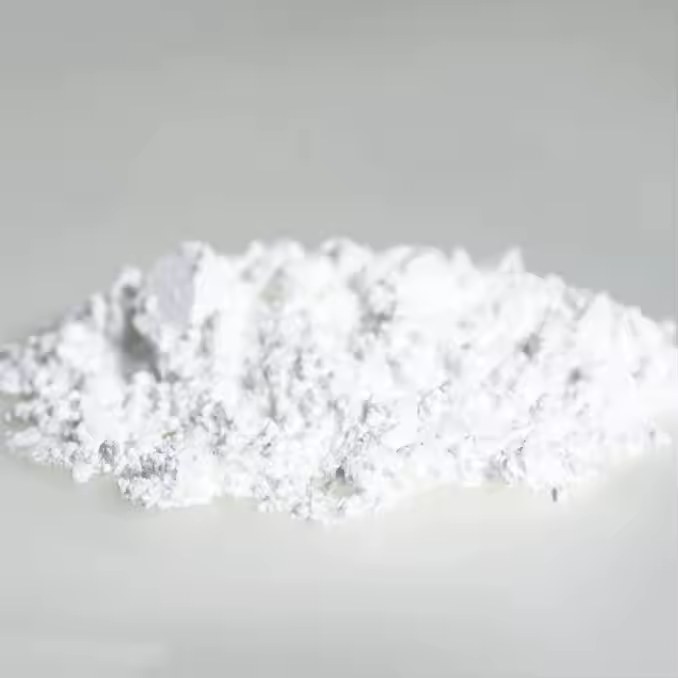
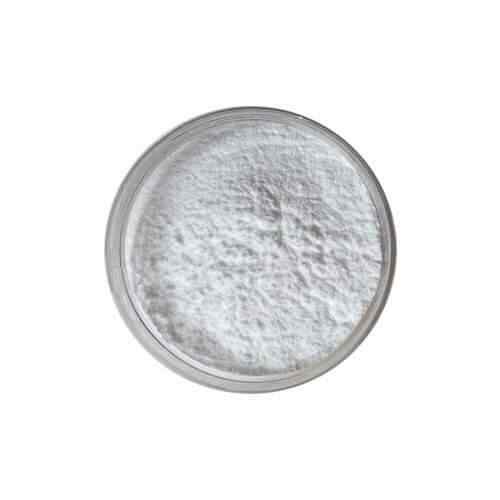
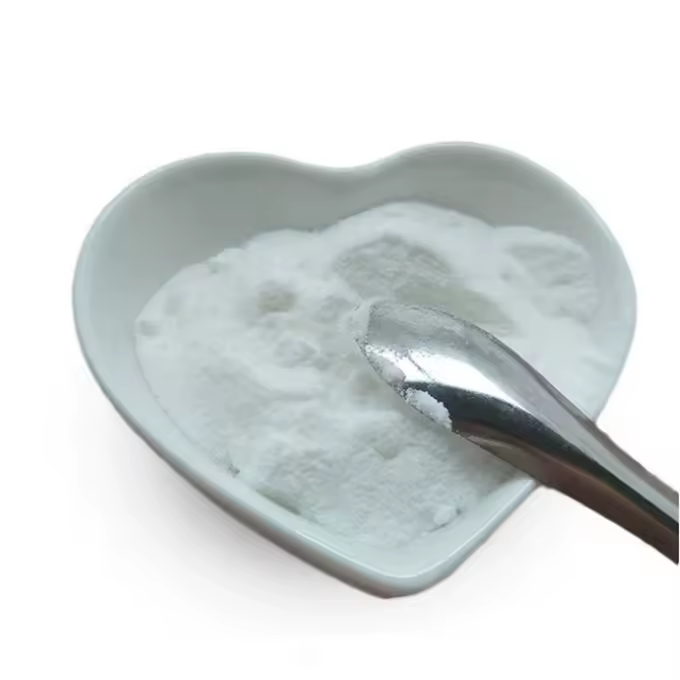
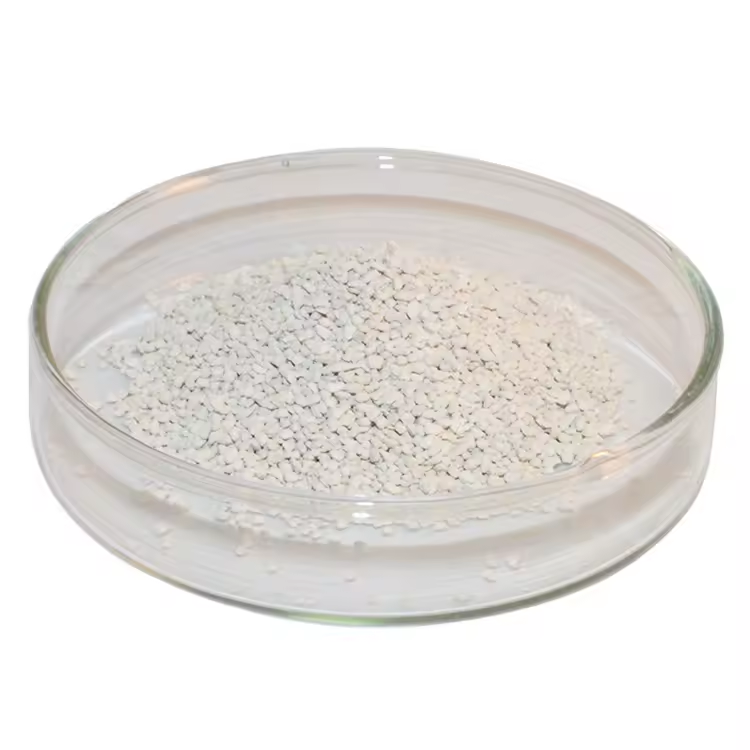
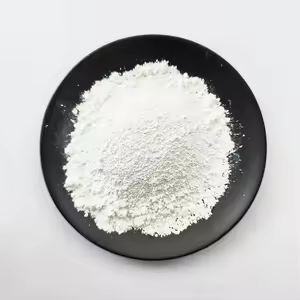






Reviews
There are no reviews yet.